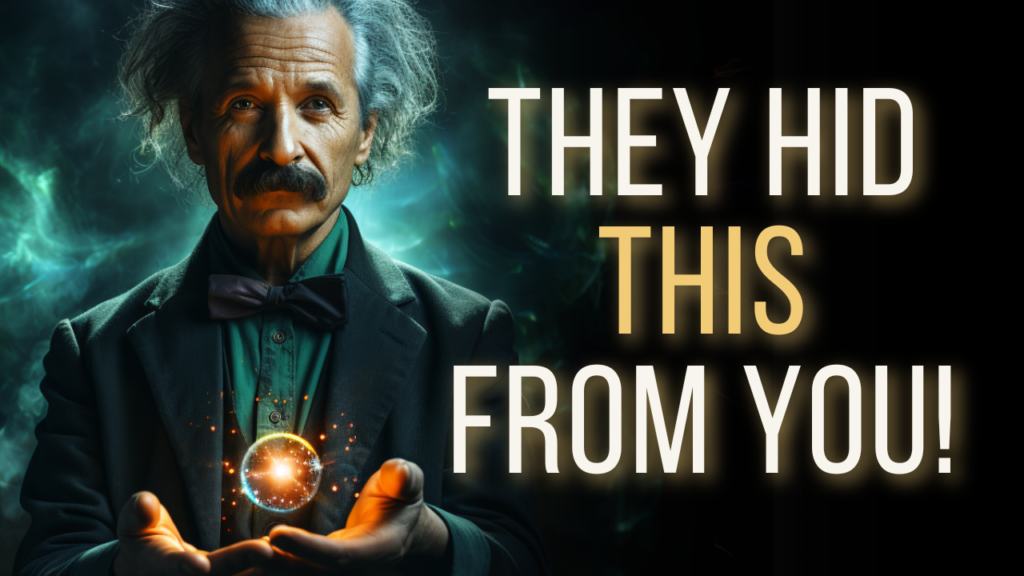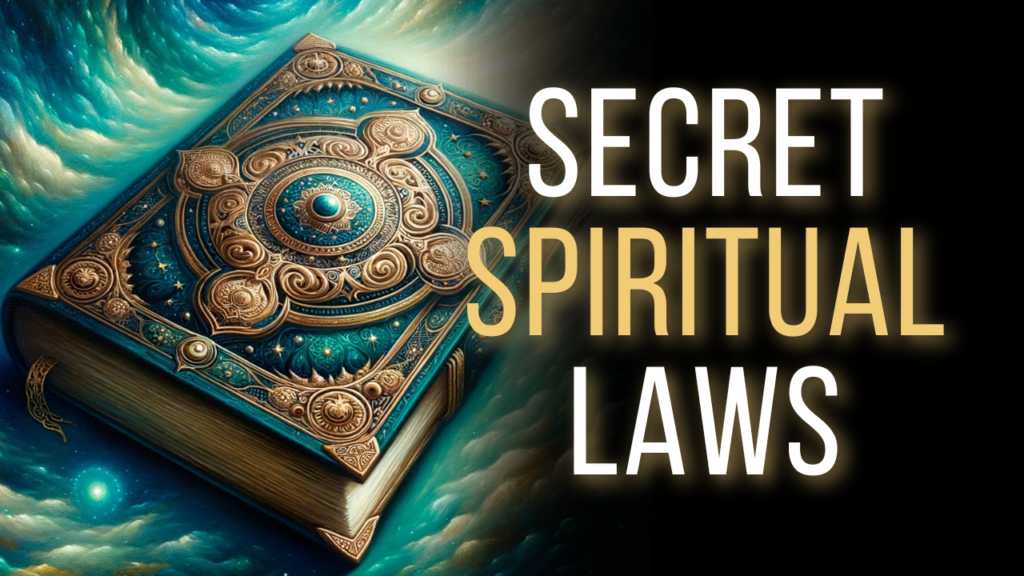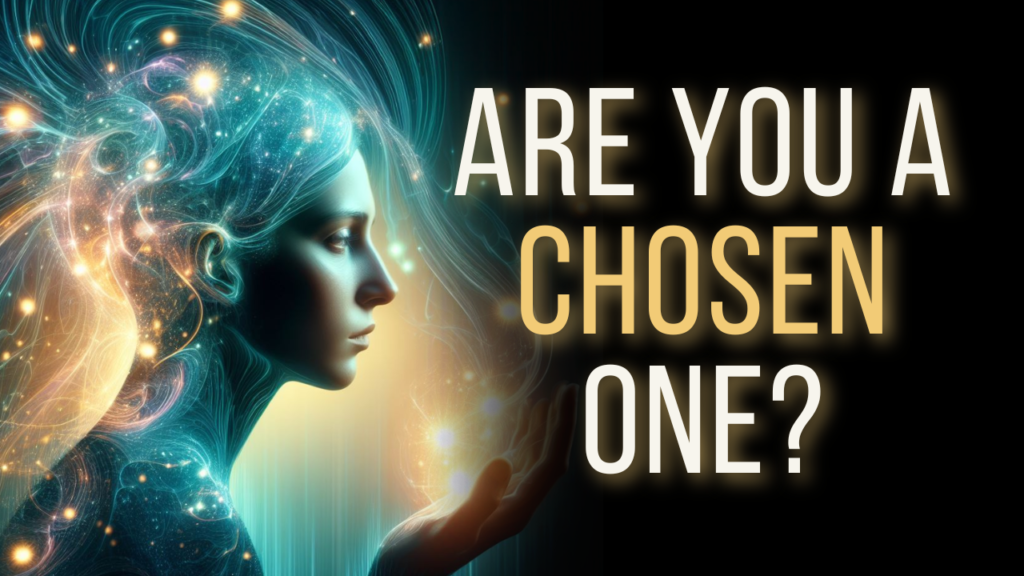In the midst of our fast-paced lives, where we often find ourselves caught in the whirlwind of tasks, deadlines, and constant striving, an ancient philosophy beckons us towards a different way of being. This philosophy is known as Wu Wei. Now, you might be wondering, what exactly is Wu Wei?
The philosophy of Wu Wei is a profound concept from Chinese Taoism, which advocates for the art of “non-doing” or “effortless action.”
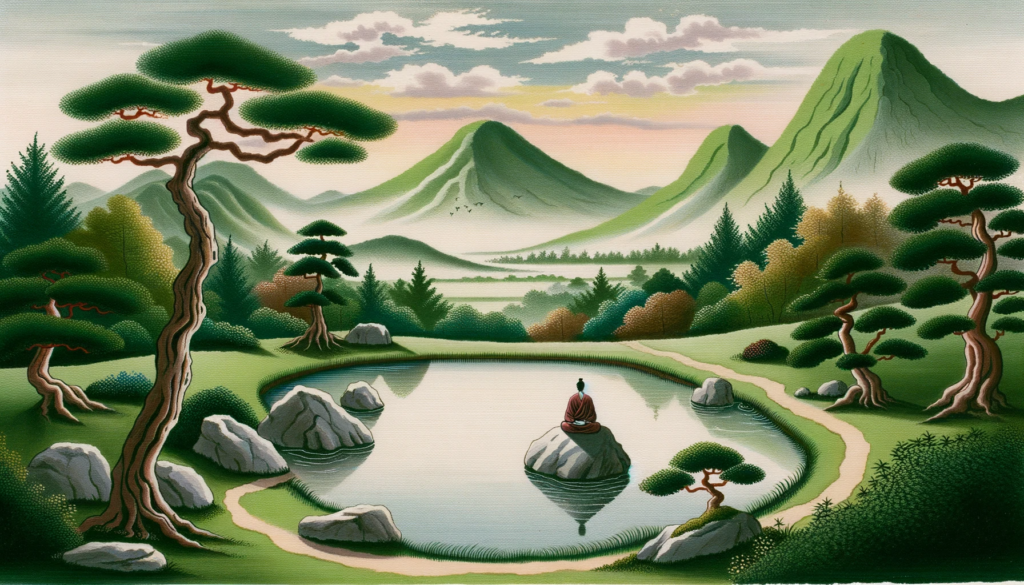
Wu Wei: The Art of Effortless Action
Understanding Wu Wei isn’t about total inaction, but rather doing the kind of action that aligns seamlessly with the natural flow of life.
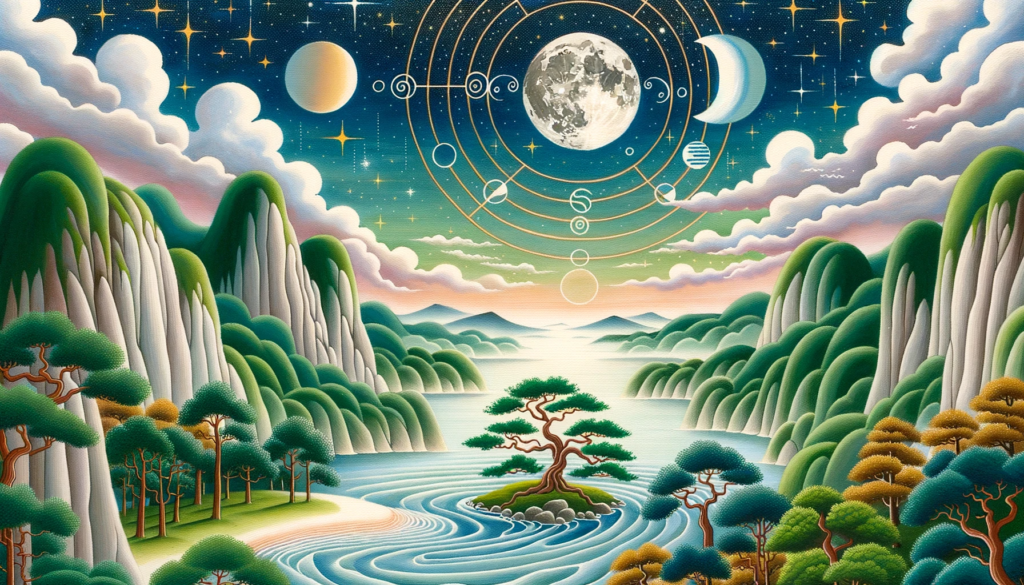
Picture a leaf gently floating on a stream, allowing the currents to carry it rather than resisting or fighting against them. That, in essence, is Wu Wei.
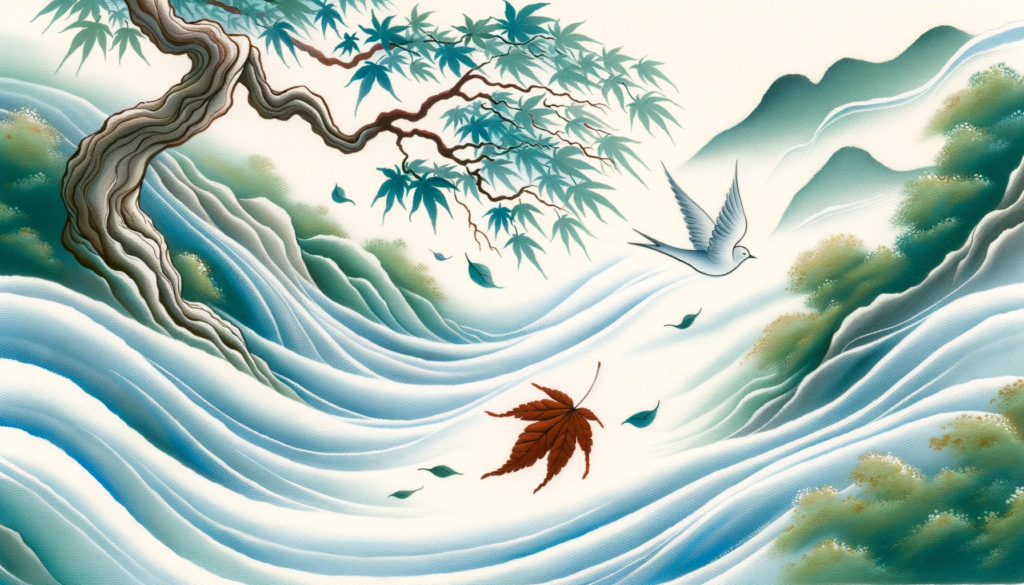
The term “Wu Wei” is often translated as “non-action,” but this can be misleading.
It doesn’t mean being passive or lazy. Instead, it’s about recognizing the moments when action is necessary and the moments when it’s best to remain still.
It’s about acting without force, allowing things to unfold naturally, and trusting that the universe has its own rhythm and order.
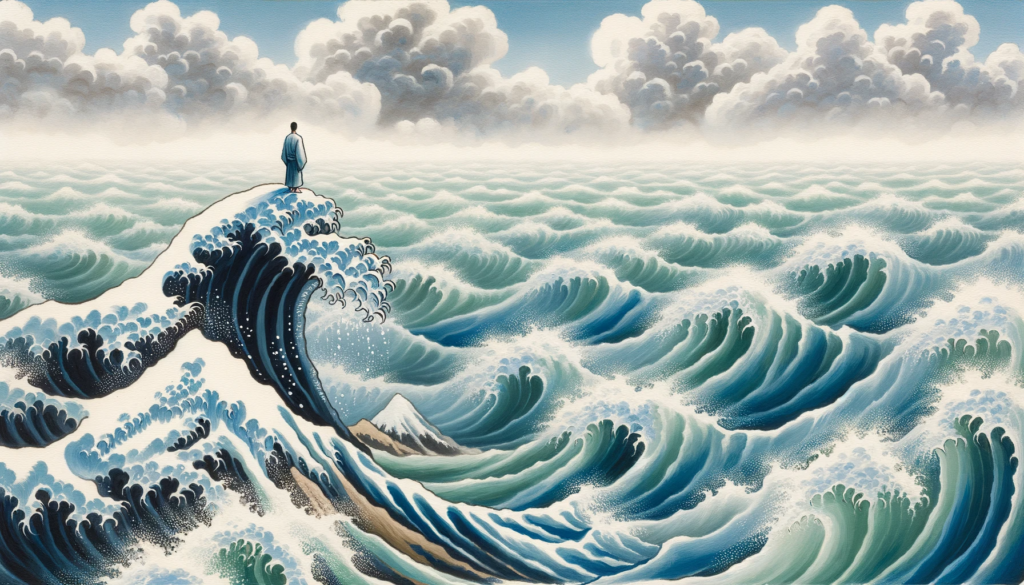
By understanding the teachings of Wu Wei, we learn to navigate life with more grace, ease, and authenticity.
We find a harmonious way of interacting with the world, where our actions, instead of being driven by desire, fear, or ambition, emanate from a deep place of inner alignment and wisdom.
The Core of Wu Wei
Wu Wei, when directly translated, means “non-action” or “non-doing.” Yet, this doesn’t imply inertia or laziness.
Rather, it’s a profound philosophical concept rooted in Taoism, suggesting that we should align our actions with the natural flow of things.
It is the art of effortless action, where we act without struggle, moving seamlessly with the currents of life.
Imagine a river, its waters flowing freely, meandering around obstacles without resistance.
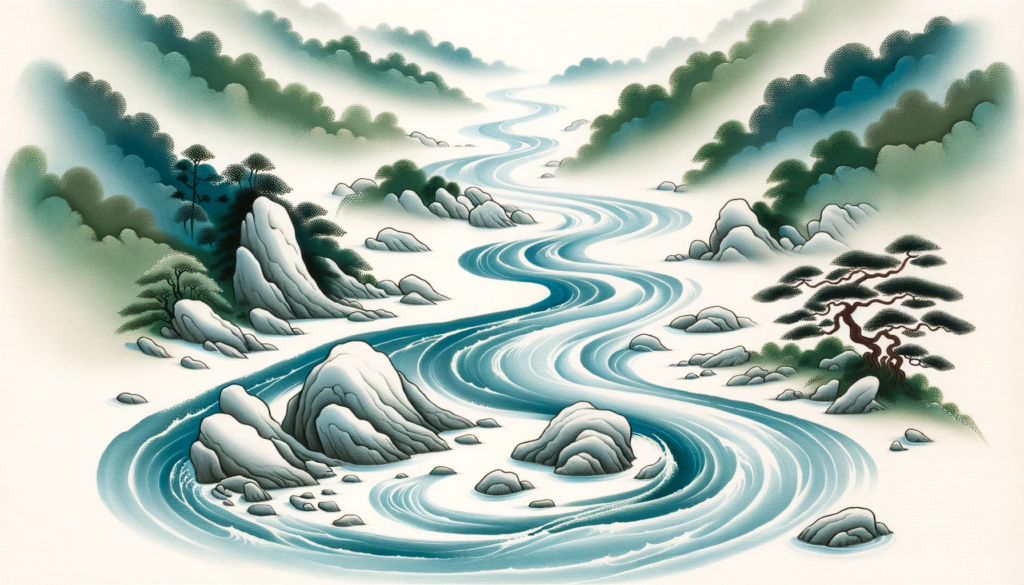
This river doesn’t try to push through boulders; it simply finds its way around them.
Similarly, Wu Wei encourages us to approach challenges not with brute force, but with intelligence and understanding, allowing situations to unfold naturally.
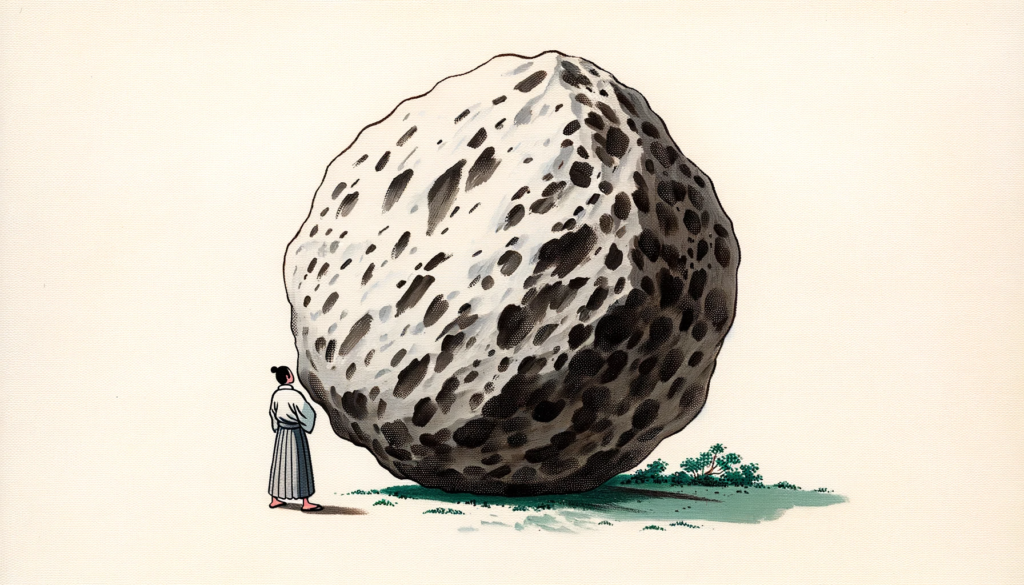
The true essence of Wu Wei is recognizing when to act and when to remain still. It’s about discerning the natural rhythm of life and aligning our energies with it.
By embracing Wu Wei, we can achieve our goals without unnecessary strife, reducing stress and enhancing our overall well-being.
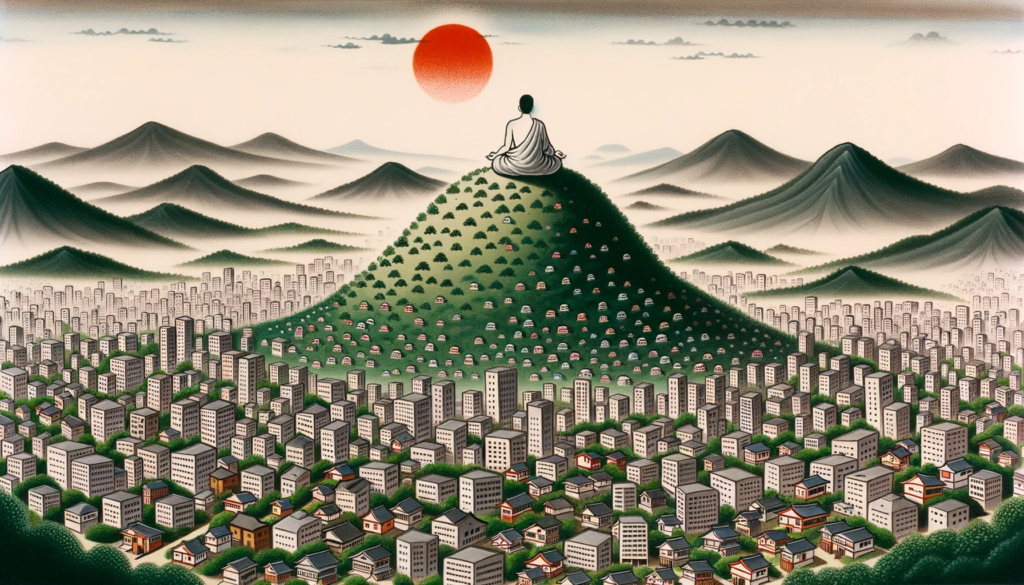
In the modern world, where we’re constantly urged to “do more” and “push harder,” the wisdom of Wu Wei offers a refreshing perspective.
It’s a reminder that sometimes, the most potent actions are those done with grace, ease, and alignment with the universe’s ebb and flow.

The Concept of Flow
Flow, as described by psychologist Mihaly Csikszentmihalyi, is the mental state of being completely immersed in an activity, where time seems to vanish, and everything else fades away.
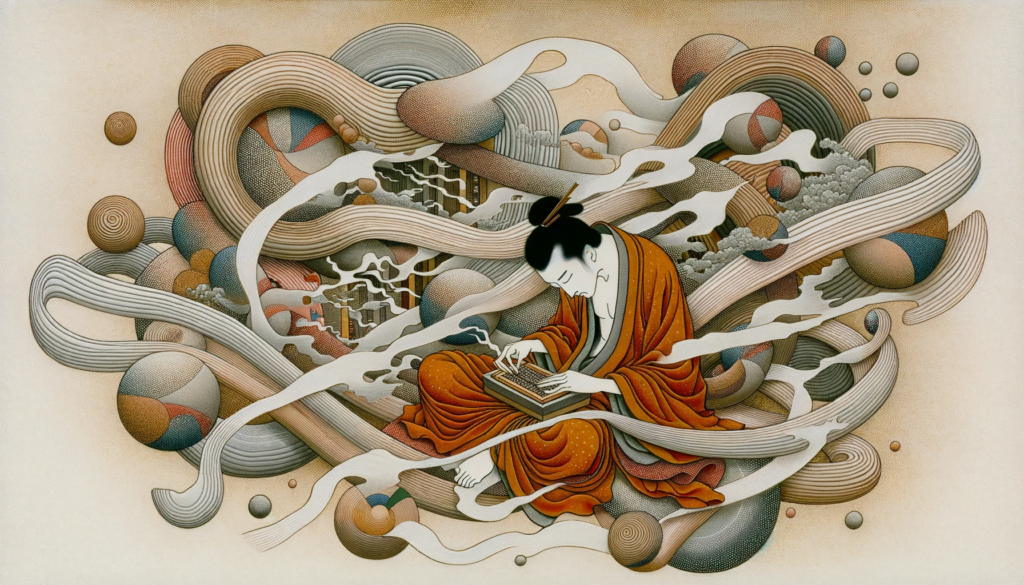
It’s a state of heightened focus, enjoyment, and optimal performance. But how does this relate to Wu Wei?
Both Wu Wei and flow share a common thread: they revolve around the idea of complete immersion and harmony with the current moment.
Just as a musician loses themselves in the melody, or an artist becomes one with their brush strokes, Wu Wei emphasizes being present and moving in accordance with the natural order of things.
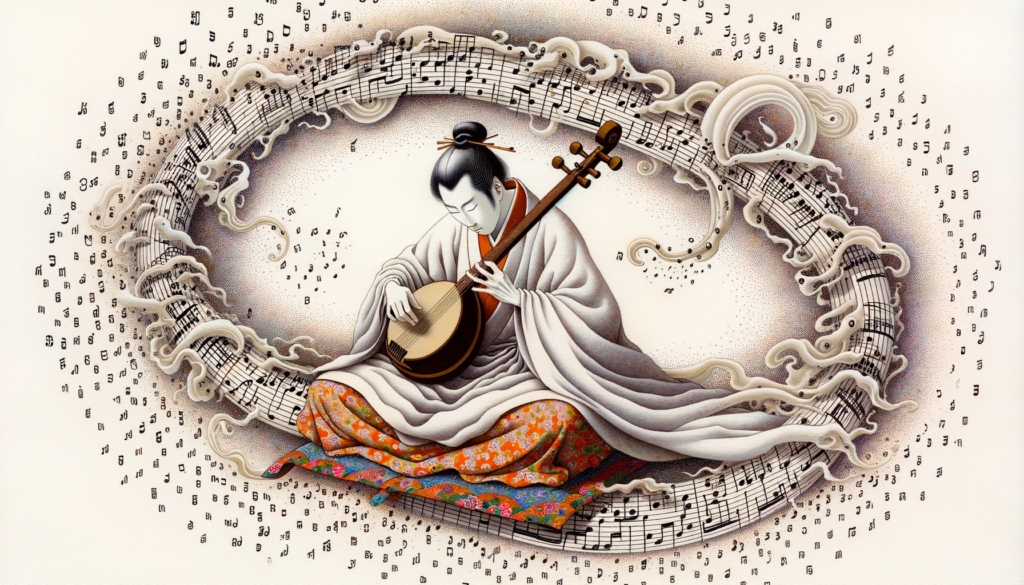
“Flowing Melody”
When we practice Wu Wei, we tap into the natural rhythms of the universe, enabling us to enter a state of flow with ease.
By letting go of our preconceived notions and expectations, we open ourselves to the possibilities that the present moment offers. It’s in this state of surrender and alignment that we find our most authentic selves, free from the constraints of societal norms and pressures.
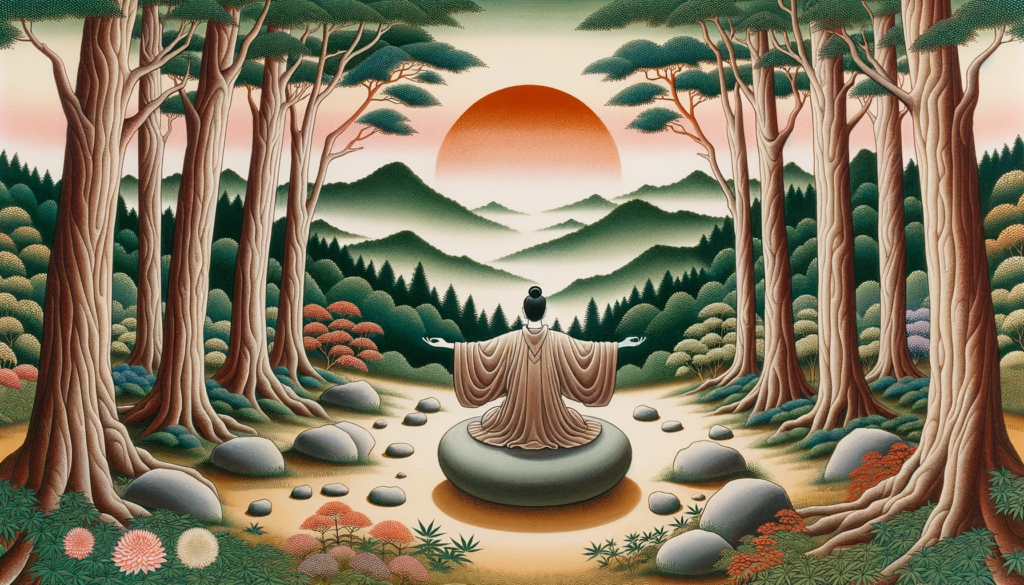
In essence, Wu Wei and flow are intertwined. One teaches us the art of non-doing, while the other guides us toward optimal experience and performance.
Together, they form a powerful duo, helping us navigate life with grace, serenity, and purpose.
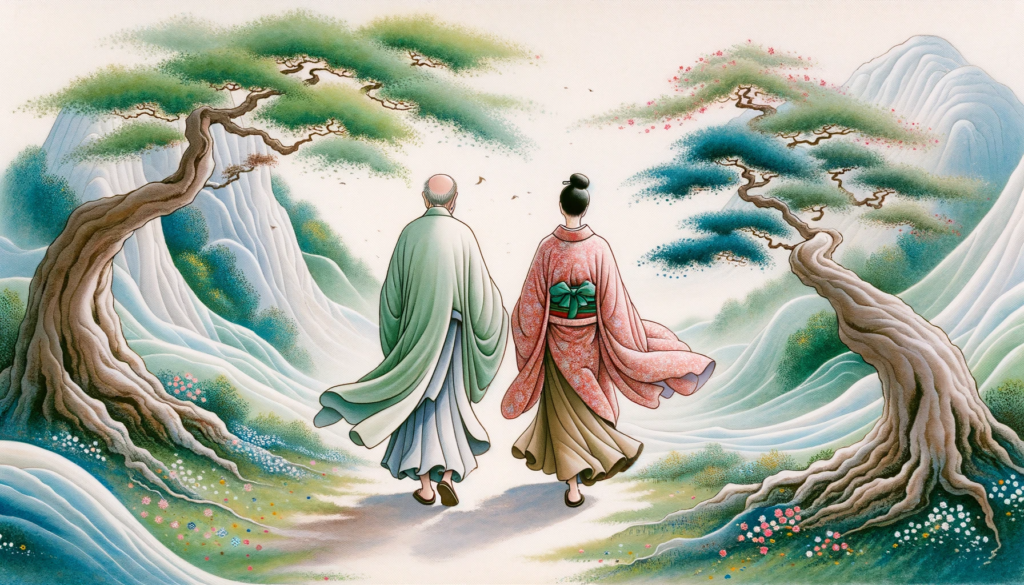
The Right Action at the Right Time
The ancient wisdom of Wu Wei emphasizes the importance of taking the right action at the right time.
Instead of forcing our will upon the universe, Wu Wei teaches us to act in harmony with the natural order of things.
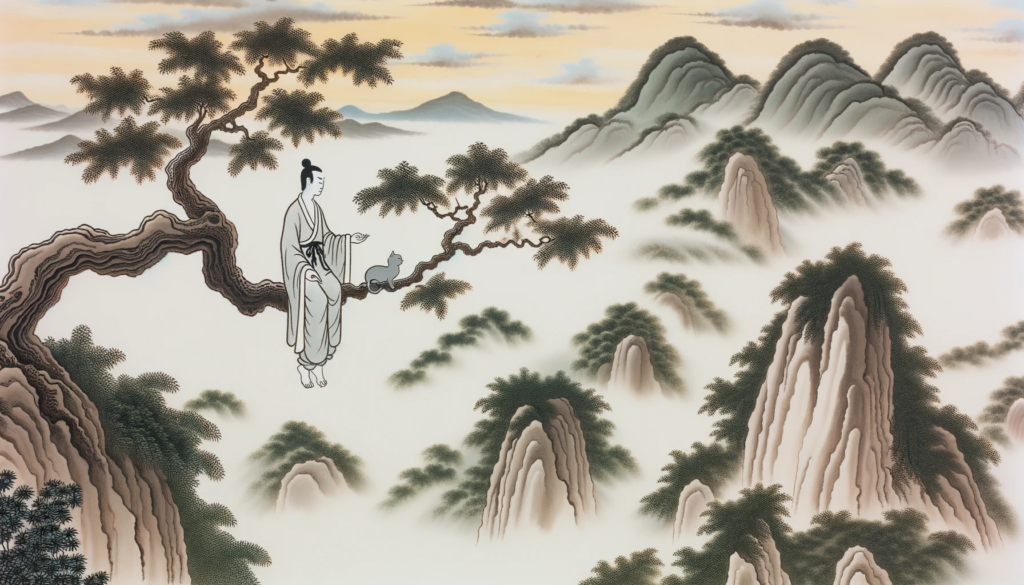
This means recognizing the opportune moments to act and the times to remain still.
It’s akin to a skilled dancer moving in sync with the music, never missing a beat, yet never rushing ahead.
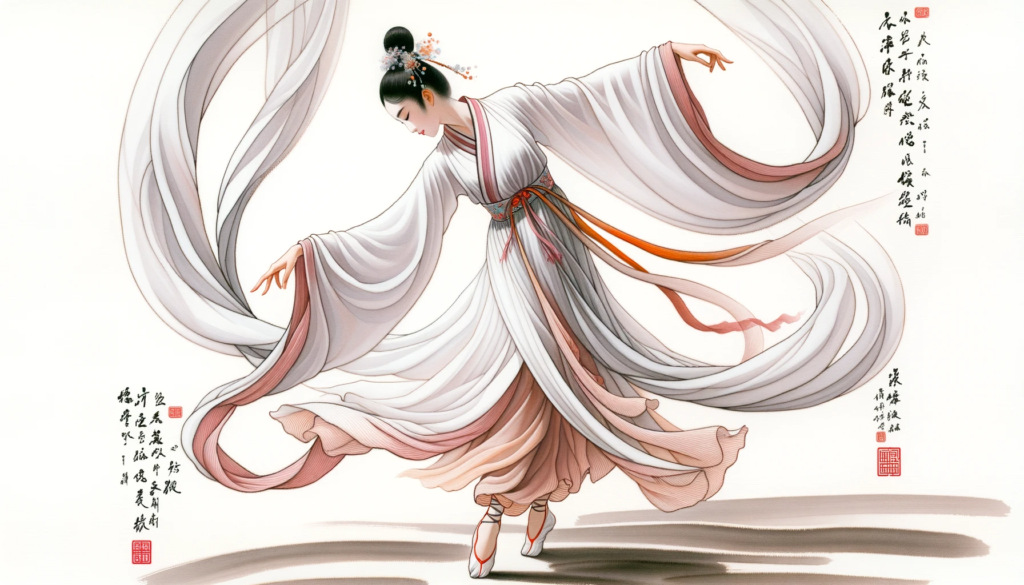
Imagine standing at the edge of a flowing river. If you try to swim against the current, you’ll exhaust yourself quickly.
But if you understand the rhythm of the water and move with it, you’ll find the journey much easier.
Similarly, life presents us with its own currents. By understanding when to push forward and when to hold back, we can navigate these currents with ease.
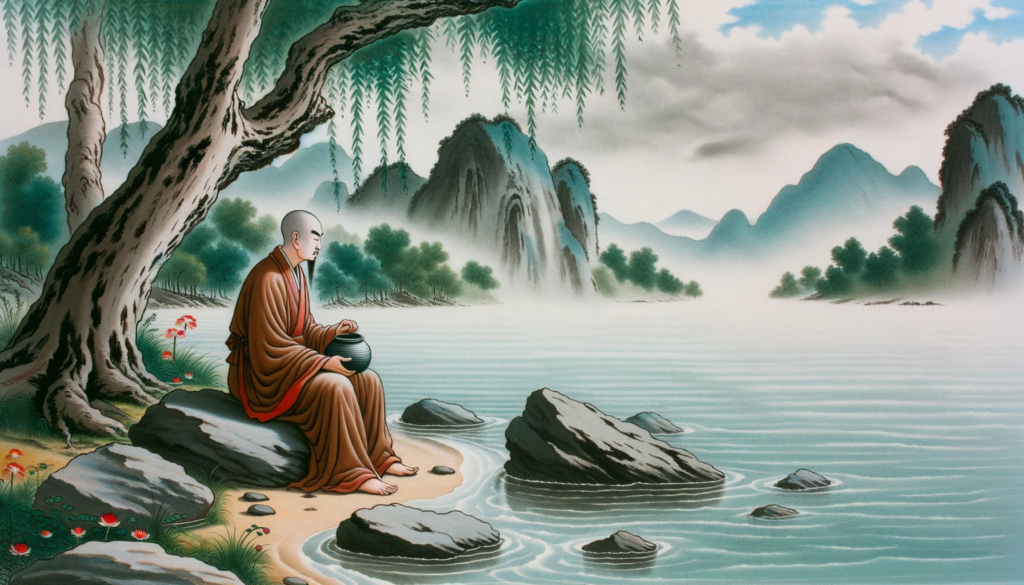
Wu Wei is not about inaction; it’s about aligned action.
It’s the understanding that there’s a time for planting and a time for harvesting.
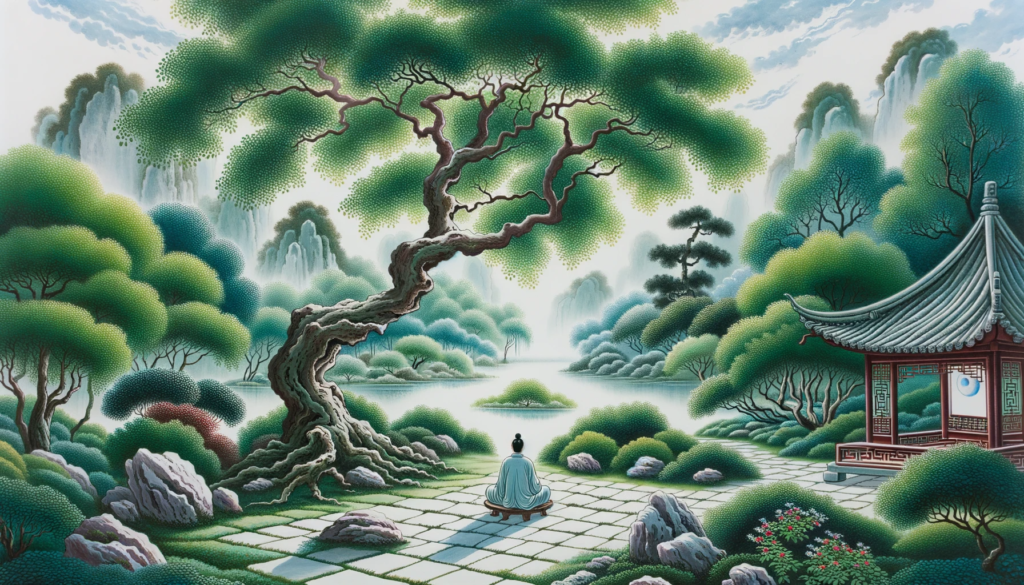
Taking the right action at the right time is a practice of mindfulness, patience, and understanding.
It’s about being in tune with the universe and recognizing the subtle cues it provides. And when we master this, we find that life flows with a grace and ease we might have never thought possible.
The Benefits of Wu Wei and Flow
Wu Wei is not just a philosophical idea; it offers practical benefits in our daily lives. By understanding and practicing the principle of non-action or right action, we open ourselves up to numerous advantages:
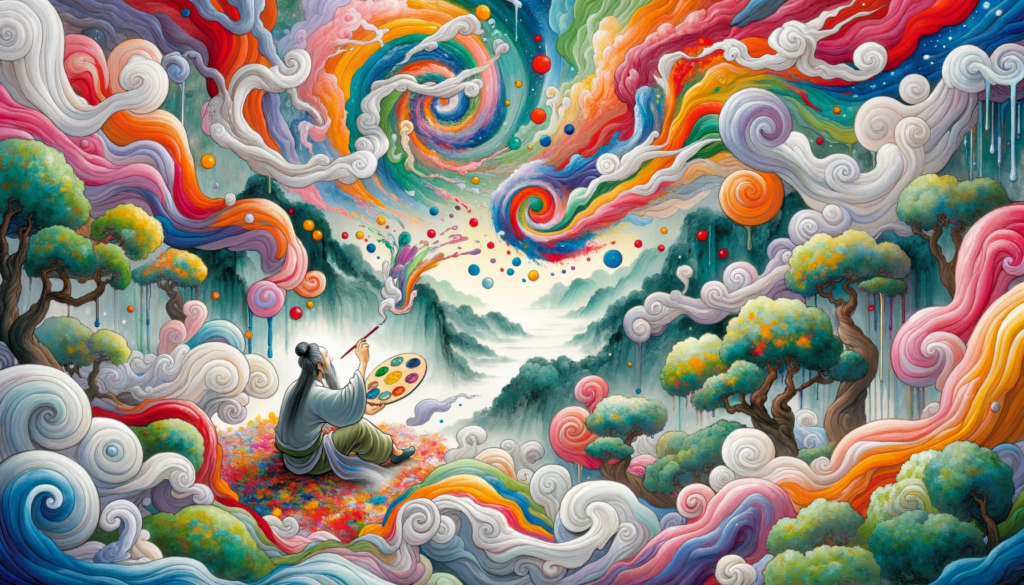
- Enhanced Productivity: When we act in accordance with the universe’s rhythm, we naturally find ourselves being more productive. By not forcing things and allowing them to unfold organically, we eliminate unnecessary hurdles and interruptions, leading to smoother workflows.
- Reduced Stress: Constantly pushing against the tide or fighting against the grain leads to burnout and stress. By practicing Wu Wei, we align ourselves with the natural order, reducing resistance and the associated stress.
- Heightened Creativity: The state of flow, often linked with Wu Wei, is where our creative juices truly flow. It’s when we are so engrossed in an activity that time seems to stop, and our creative potential is maximized.
- Better Decision Making: When we are in harmony with the universe, our decisions become more intuitive and less forced. We gain clarity and are able to see the bigger picture, leading to better, more informed choices.
- Improved Relationships: Wu Wei teaches us to let go of control and to trust the process. This not only applies to tasks but also to relationships. By not forcing things and allowing relationships to develop naturally, we foster genuine connections based on trust and understanding.
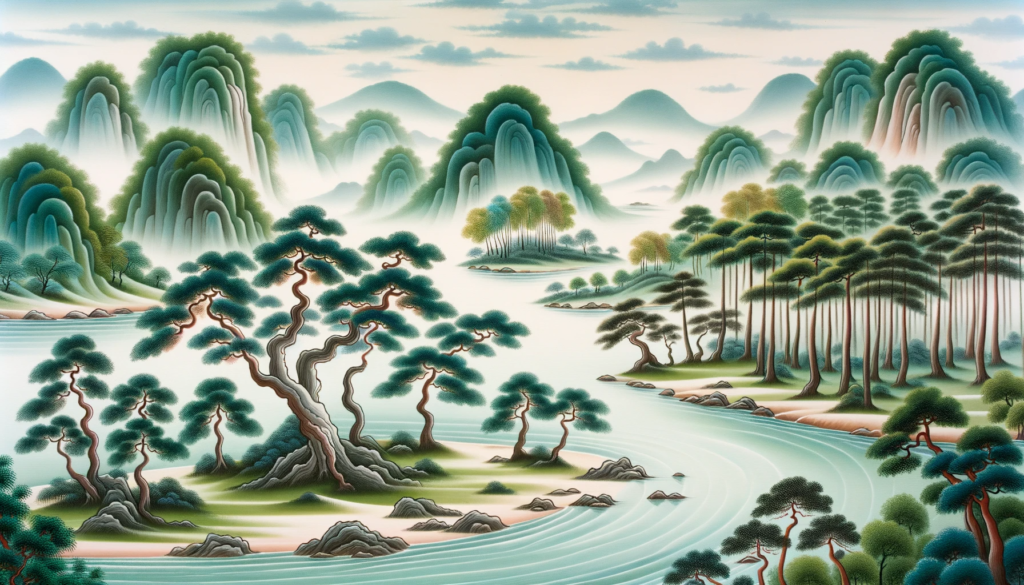
Understanding these benefits, it becomes evident why so many have turned to the teachings of Wu Wei and flow. It’s more than just a concept; it’s a way of life that brings about real, tangible positive changes.
Action, Intent, and Effort
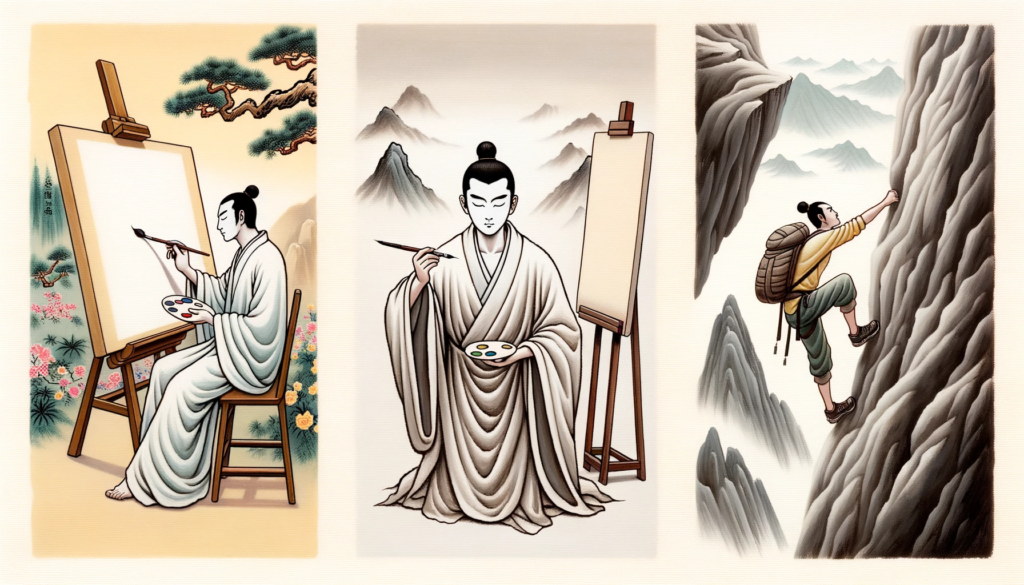
Understanding the nuances of action, intent, and effort can be a game-changer.
While action refers to the deeds we undertake, intent delves deeper into the motivation behind those actions.
Then there’s effort, which determines the energy and focus we invest in our endeavors.
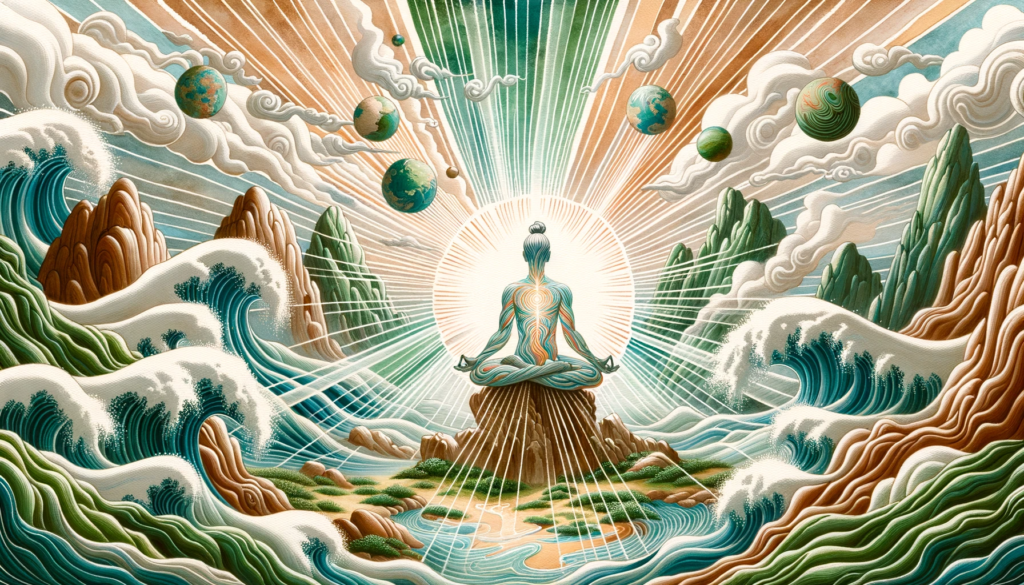
In Wu Wei, these three elements intertwine beautifully. It teaches us that not all actions require tremendous effort.
Sometimes, minimal effort, driven by pure intent, can lead to maximum results.
Think of it as a bow and arrow. The bow represents our intent, the arrow our action, and the effort? It’s the pull we give before releasing.
Overpull, and the arrow may not hit the mark. Underpull, and it may not go far enough. But with the right balance, it can hit the bullseye every time.
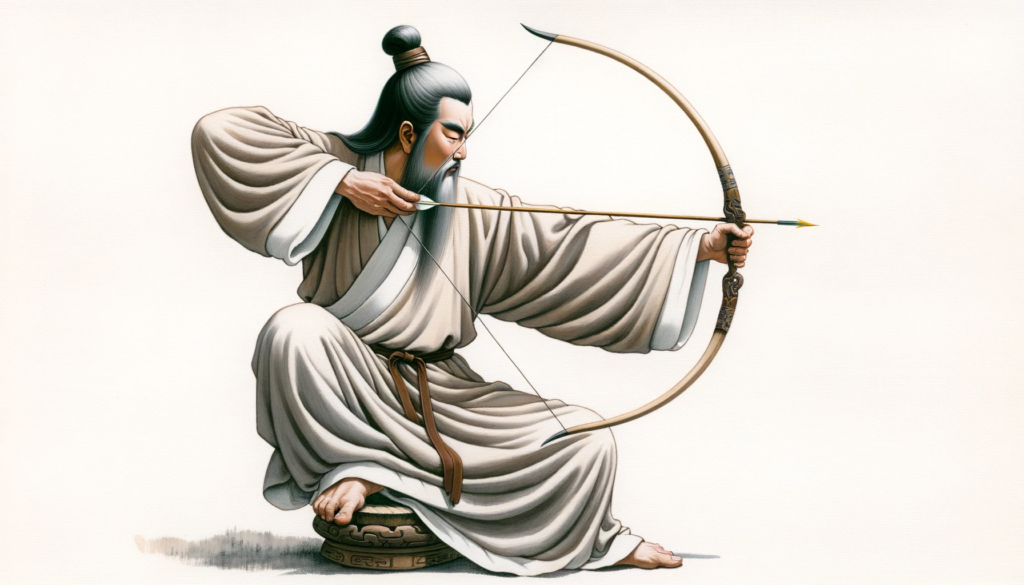
Finding this balance is the crux of Wu Wei. It’s about understanding when to act, when to wait, and when to let go.
It’s about recognizing that sometimes, doing nothing is the most powerful action of all.
So, as you navigate the many challenges of life, remember the wisdom of Wu Wei. Embrace action, honor your intent, and find the perfect level of effort for each situation.
Intelligent Effort
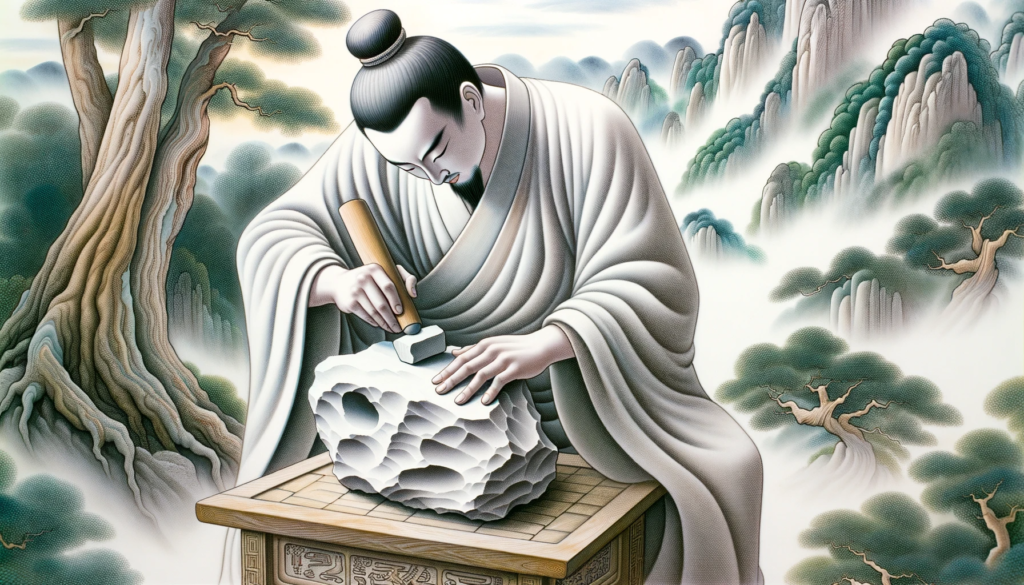
In the practice of Wu Wei, effort isn’t about exerting oneself to the point of exhaustion.
Instead, it’s about the application of intelligent effort – knowing when to act and when to hold back.
It’s the discernment of applying just the right amount of force or energy in a situation, neither too much nor too little. This harmonious balance ensures that our actions are effective and fruitful.
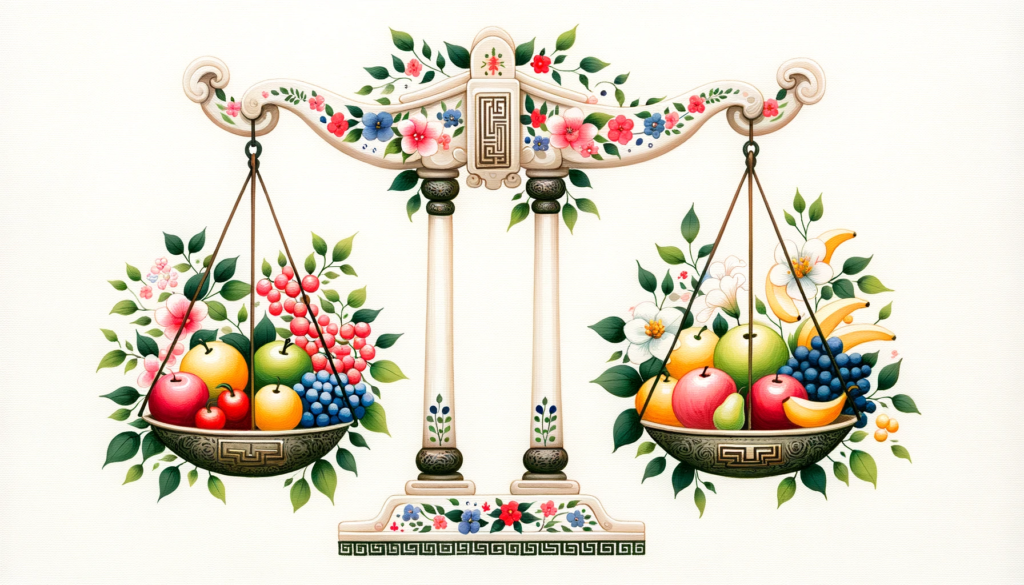
Imagine trying to open a door with a jammed lock. Constantly pushing or pulling with all your might won’t necessarily open it.
However, a moment of reflection, a slight jiggle, or even using a key could open it with minimal effort.
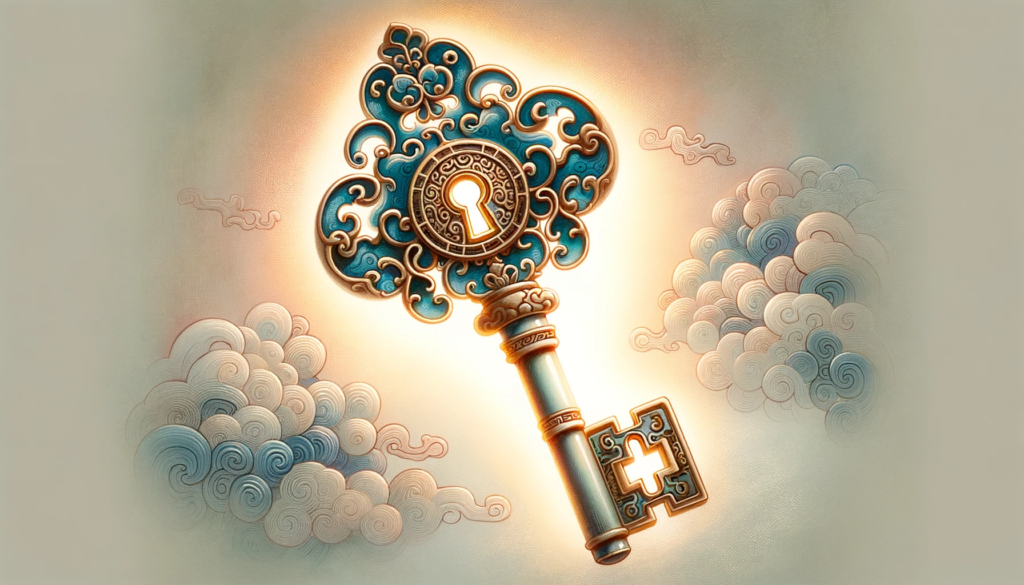
This analogy encapsulates the essence of intelligent effort. It’s not always about brute strength but rather the wisdom of understanding the situation and acting accordingly.

By embracing intelligent effort in our daily lives, we can achieve our goals without unnecessary stress, save our energy for truly important tasks, and find a harmonious balance between doing and being.
Self Awareness
Self-awareness is the cornerstone of Wu Wei. By understanding ourselves deeply, we can better align with the universe’s rhythm and flow.
This alignment not only brings inner peace but also makes our actions more effective and our paths clearer.
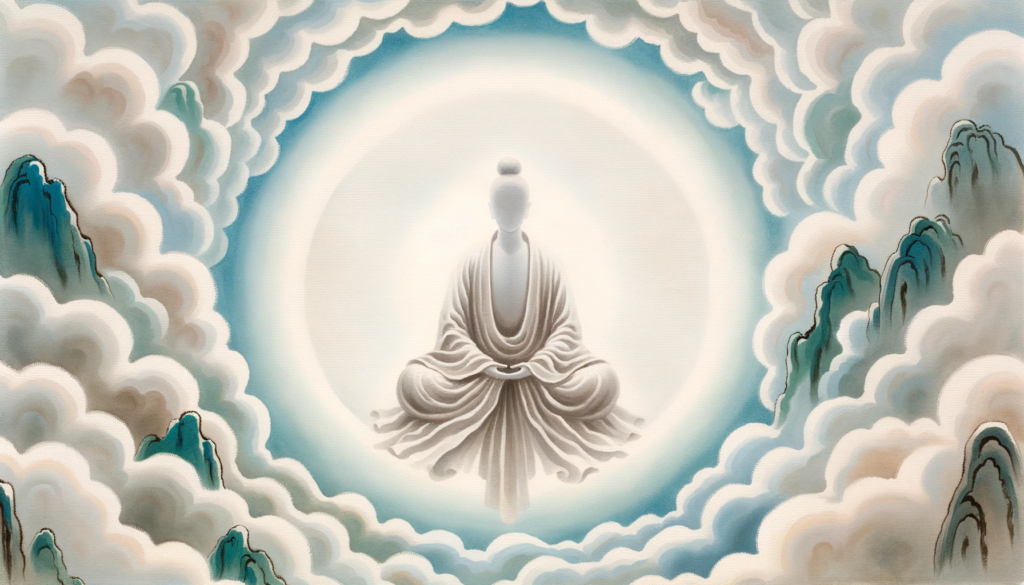
When we truly know ourselves, we recognize our strengths and weaknesses, our triggers, and our motivations.
This profound understanding allows us to approach challenges with wisdom and choose actions that are in harmony with our true nature.
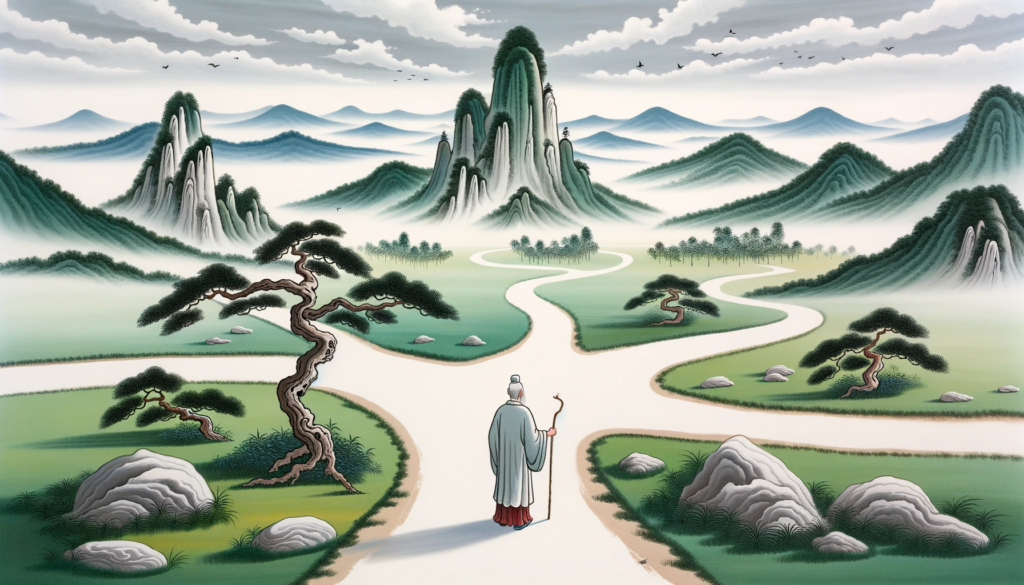
For example, if you know you’re not a morning person, forcing yourself to work at dawn might not yield the best results.
Instead, aligning your tasks with your natural energy patterns can lead to increased productivity and satisfaction.
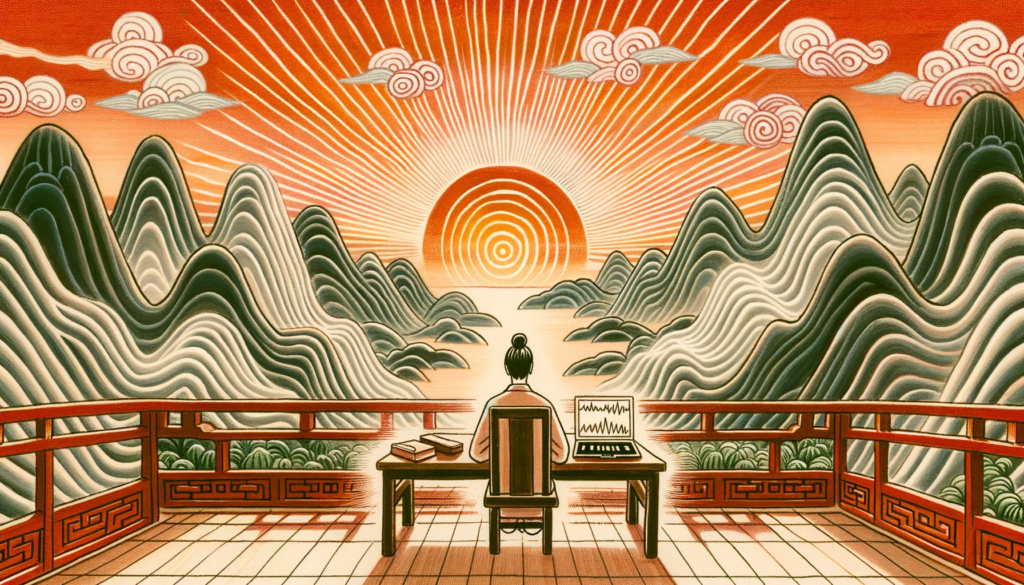
Moreover, by being self-aware, we can identify when we are out of balance or when we are resisting the natural flow of things.
This recognition enables us to make necessary adjustments, realigning ourselves with the universe’s rhythm.

In the journey of Wu Wei, self-awareness is not a one-time achievement but a continuous process.
As we grow and evolve, so does our understanding of ourselves.
By regularly checking in with ourselves and reflecting on our actions and motivations, we can ensure that we remain in harmony with the Tao, the universal way.
Not Forcing Outcomes
Life is unpredictable. No matter how meticulously we plan or strategize, there will always be factors beyond our control.
The philosophy of Wu Wei teaches us the importance of not forcing outcomes. Instead of trying to control every aspect of our journey, Wu Wei guides us to accept the natural course of events and trust that things will unfold as they should.
Consider the bamboo tree. It’s flexible, bending with the wind but never breaking.
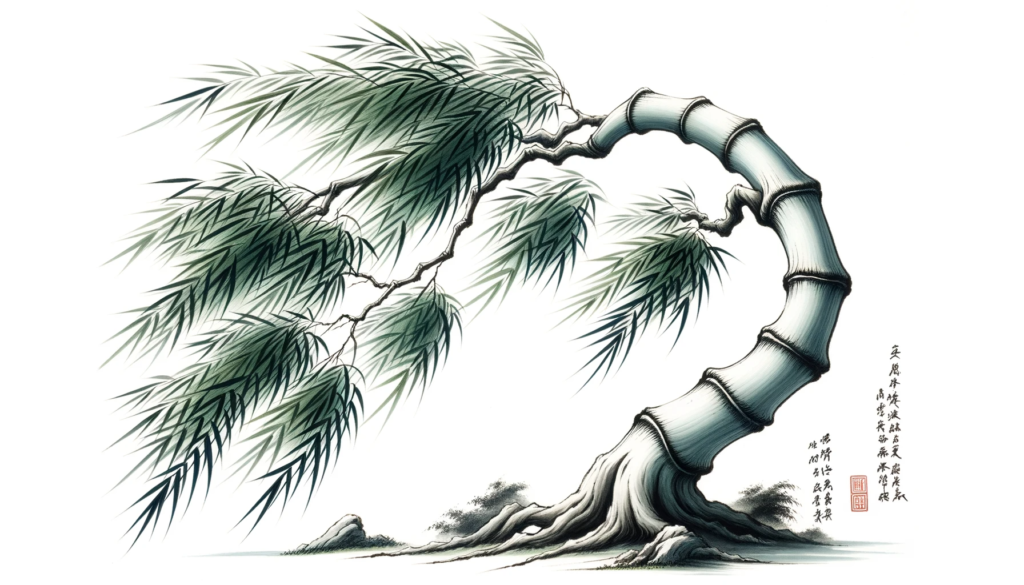
This adaptability allows it to thrive in various conditions. Similarly, when we relinquish the need to control outcomes, we become more adaptable and resilient, able to navigate the challenges of life with grace.
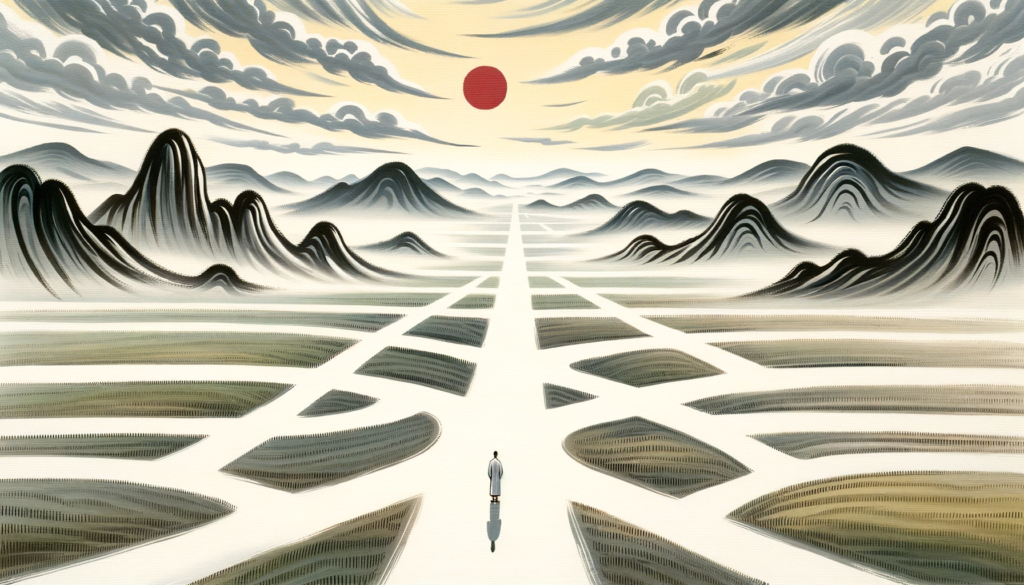
Pushing too hard or trying to force results often backfires. It can lead to burnout, stress, and disappointment.
Conversely, when we let go and trust the process, we often find that things fall into place more naturally and harmoniously.
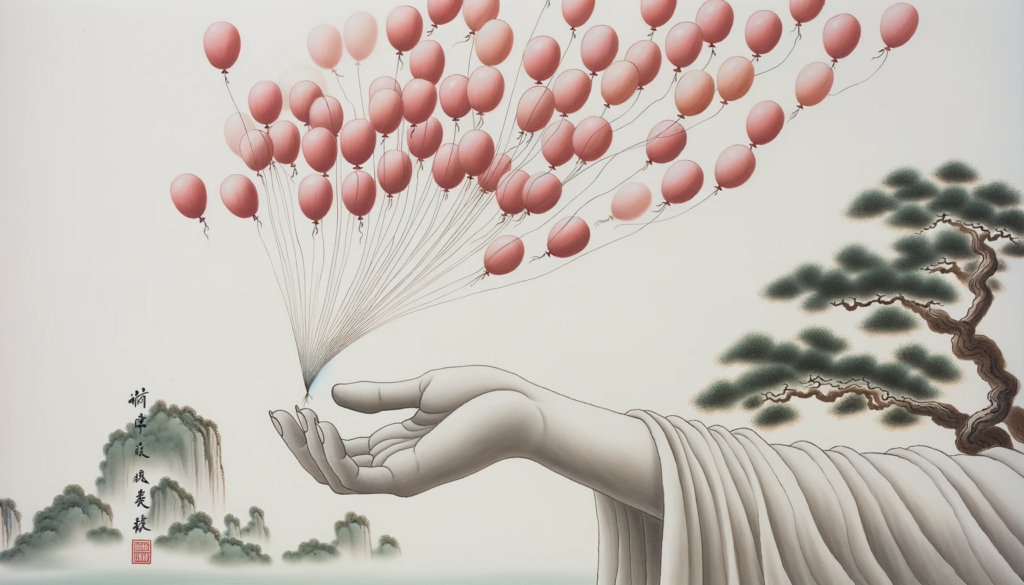
The key is to act with intention, but without attachment to a specific outcome.
This doesn’t mean we shouldn’t have goals or aspirations. Instead, it’s about understanding that the journey is just as important as the destination and embracing the lessons and experiences along the way.
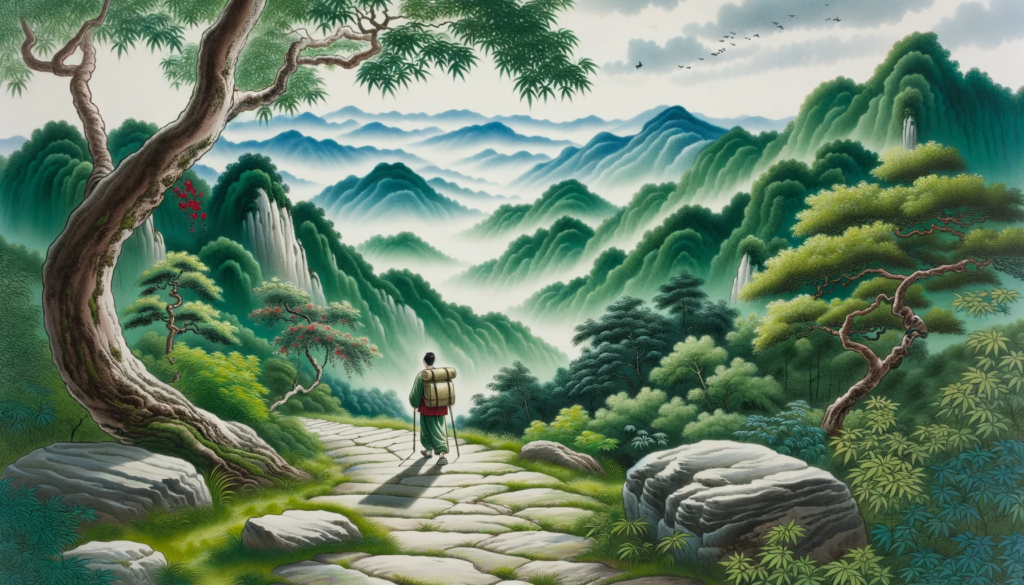
When we approach life with this mindset, we find that success isn’t just about reaching a particular endpoint.
It’s about the growth, understanding, and fulfillment we gain along the path.
Success in Surrender
To many, surrendering may seem like a sign of weakness or defeat. However, in the context of Wu Wei, surrender is not about giving up but rather about aligning with the natural order of things.
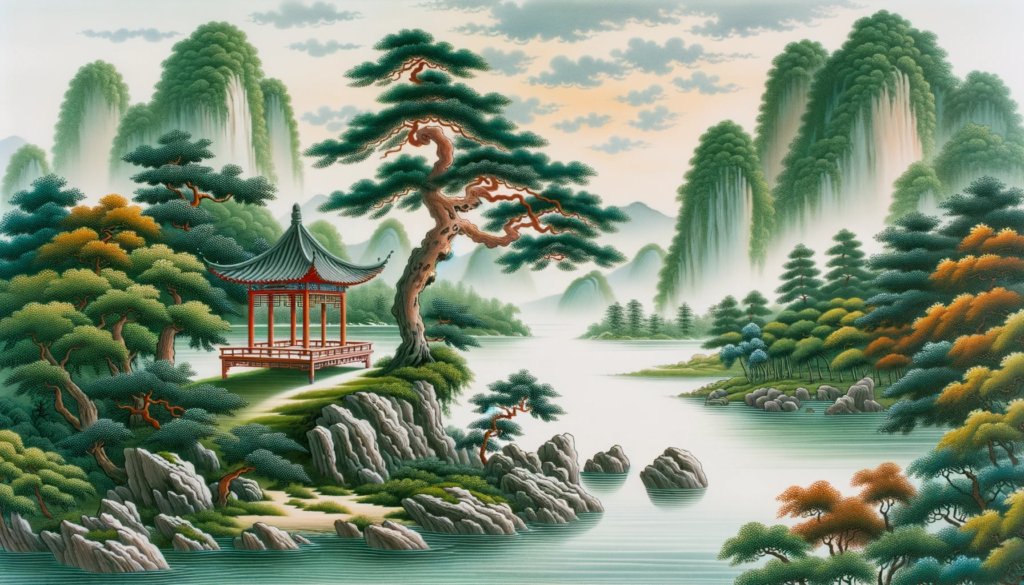
True success is not always about relentless pursuit. Sometimes, it’s found in the gentle embrace of surrender — in recognizing that by releasing our tight grip on outcomes, we can open ourselves up to possibilities we hadn’t even imagined.
Like a leaf that goes where the wind takes it, sometimes we achieve our greatest successes when we’re carried by the currents of life rather than trying to swim against them.
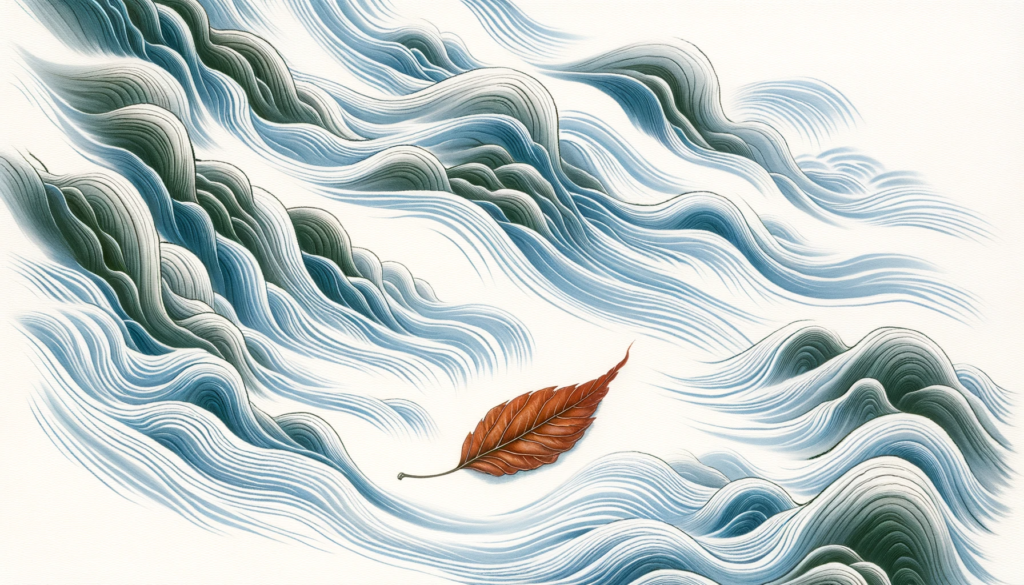
The art of surrender requires trust — trust in the universe, trust in the process, and most importantly, trust in oneself.
By surrendering, we align ourselves with a higher wisdom, one that sees the bigger picture and knows the best path forward.
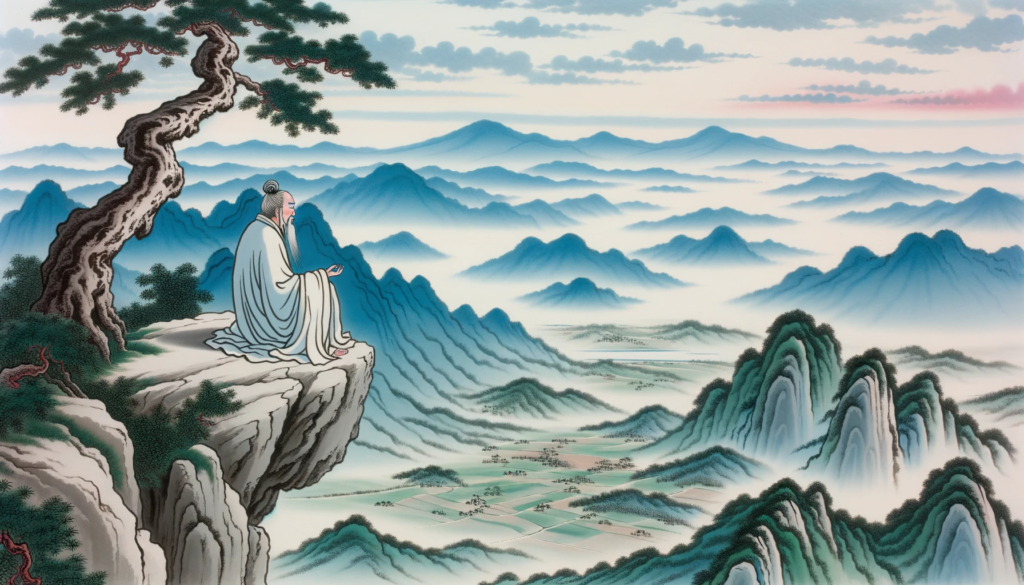
It’s a delicate balance, finding the sweet spot between effort and surrender.
But when we do, the results can be magical. We become attuned to the universe’s rhythm, and everything seems to fall into place effortlessly.
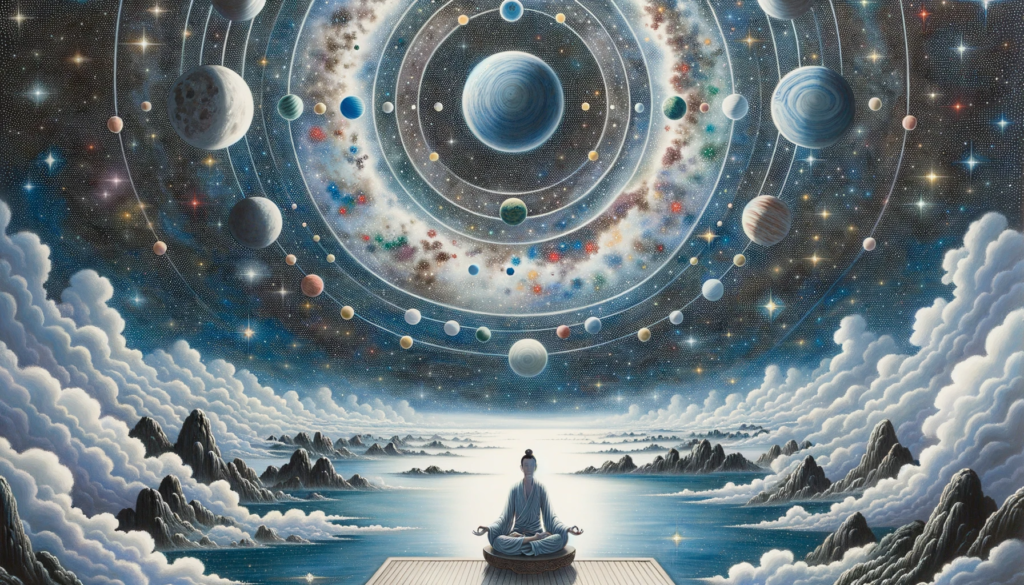
How to Practice Wu Wei
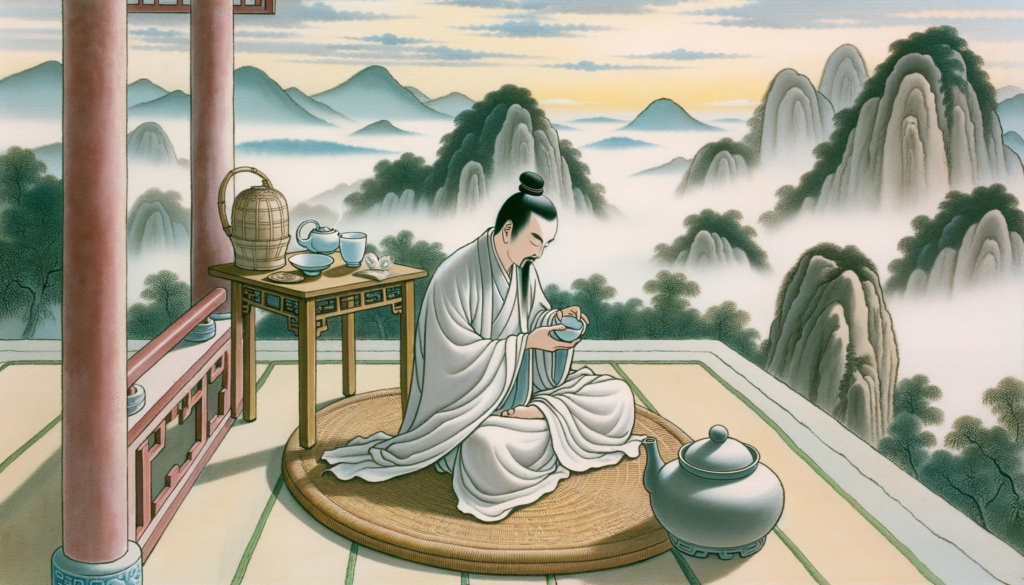
Wu Wei isn’t just a philosophy; it’s a way of life. Here’s how you can integrate this ancient wisdom into your daily routine:
- Mindfulness and Meditation: The first step to practicing Wu Wei is to be present. Mindfulness and meditation allow us to observe our thoughts without judgment. By practicing regularly, we develop the ability to respond to situations rather than react impulsively.
- Practices to Cultivate Non-Resistance: Embrace life as it comes. Rather than resisting what is, accept and flow with it. This doesn’t mean being passive; it means recognizing when to act and when to let things unfold on their own.
- Aligning With the Natural Order: Nature operates in cycles and rhythms. By observing and aligning ourselves with these natural patterns—like the changing seasons or the ebb and flow of tides—we can live in harmony with the universe.
- Journaling for Reflection: Writing down your thoughts and feelings can provide clarity. By reflecting on your experiences, you can gain insights into your actions and learn how to better align with the principles of Wu Wei.
- Guided Imagery and Visualization: Visualization practices can help anchor the principles of Wu Wei. Imagine yourself flowing with life’s challenges, adapting and moving with ease and grace.
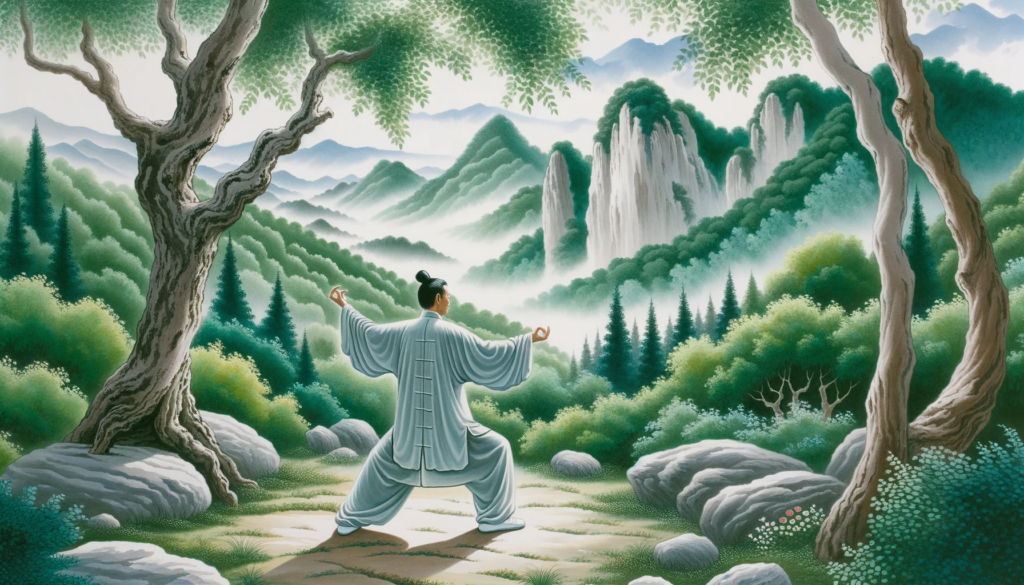
By incorporating these practices into your daily routine, you’ll find yourself more attuned to the universe’s rhythm, navigating challenges with grace and poise. The ultimate goal is effortless action, where everything you do aligns perfectly with the world around you.
Just Let Go
At the heart of the Wu Wei philosophy lies the potent concept of letting go.
In an age where we’re conditioned to constantly strive, achieve, and push forward, the idea of surrender might seem counterintuitive.
Yet, it’s in this surrender that true power is found. Letting go isn’t about giving up; it’s about relinquishing the need to control everything, trusting the process, and believing that the universe has a plan.
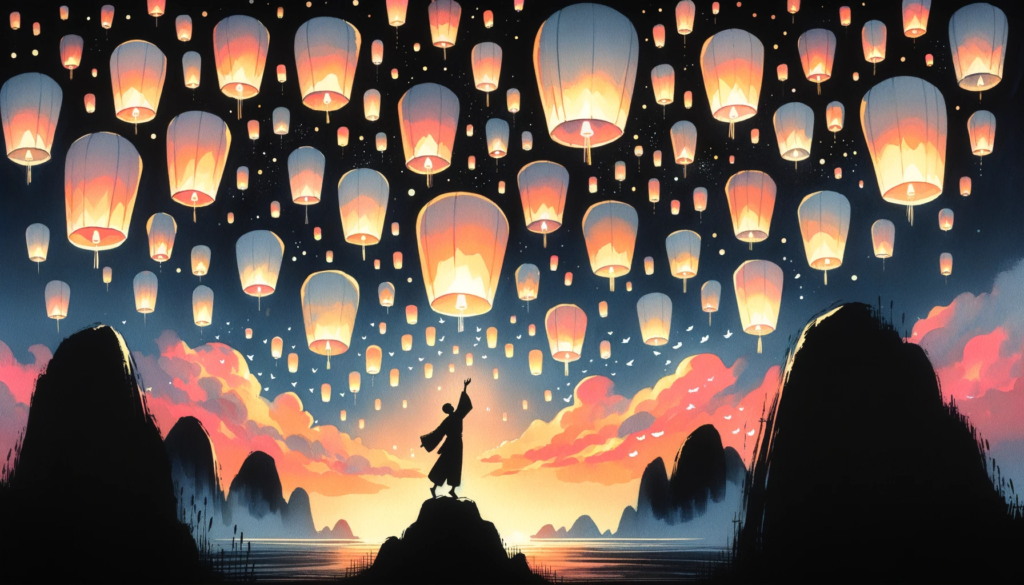
Imagine standing on the edge of an ocean, the waves crashing against the shore.
Instead of fighting the tide, imagine simply allowing the waves to carry you, trusting that they will take you where you need to go.
This is the essence of Wu Wei. It’s about releasing resistance, embracing the present moment, and finding peace in the natural flow of life.
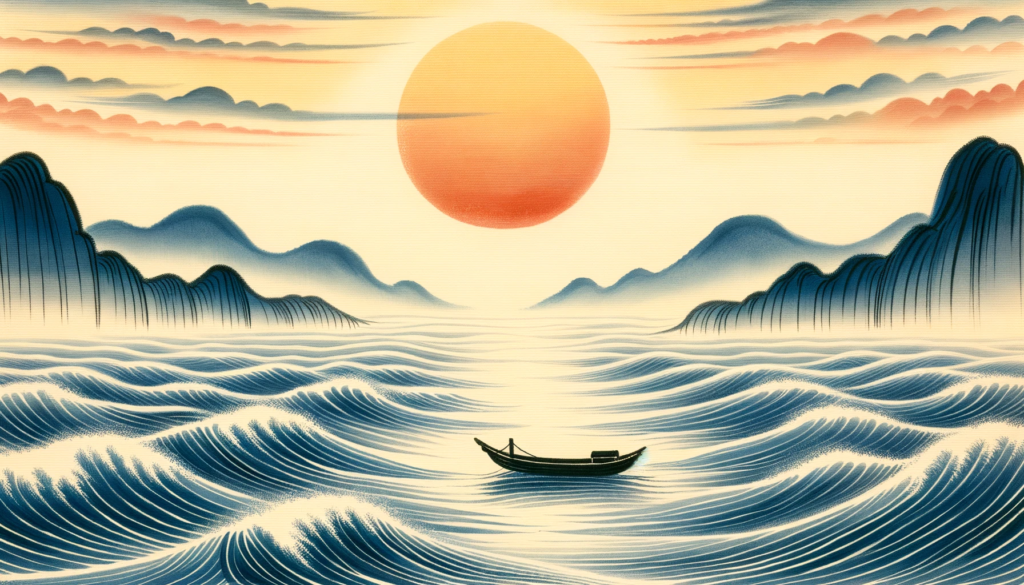
As you begin to understand what Wu Wei is and even incorporate it into your life, remember this: sometimes, the most powerful wisdom is found in simplicity.
Instead of pushing against the currents of life, try letting go and allowing the universe to guide you. The results might just surprise you!
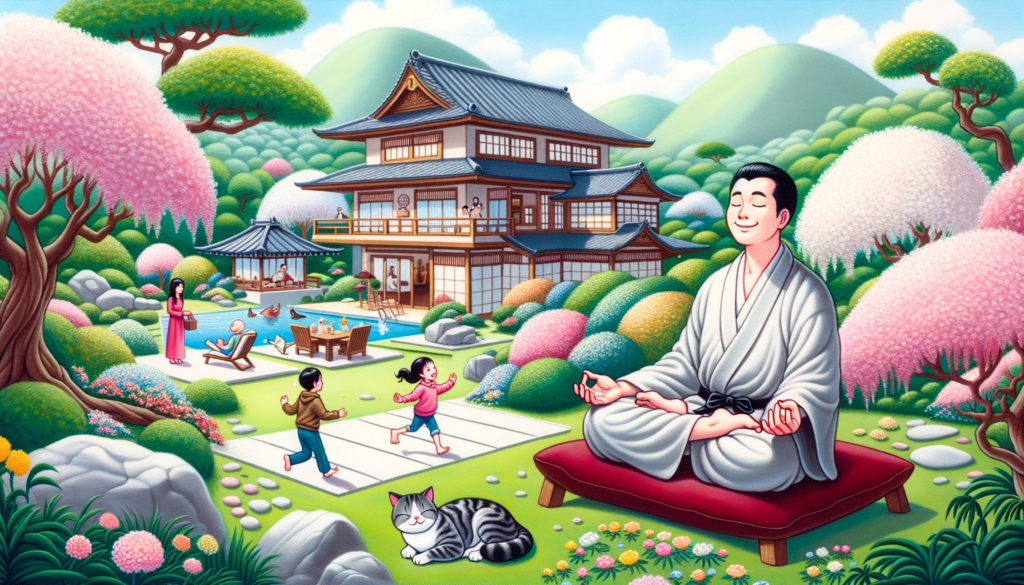
Now you can watch the full video here or check our channel The Secret to Life and video playlist on YouTube for more like this! Check out the Secret Spiritual Laws post to continue your journey!
enlightenment human potential law of attraction law of vibration personal growth spiritual awakening spiritual growth spiritual journey transformation universal consciousness
